 2023-12-14
2023-12-14
On December 11th, the Jinan International Communication Center held a traditional Chinese tea culture experience event, "Tea Unites," at the Stewart Building in Bath, the friendly city of Jinan in the UK, drawing students from around the world to savor Chinese tea.
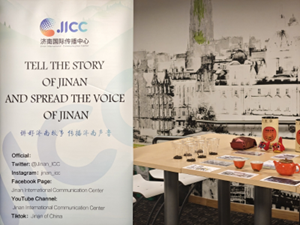
For this event, the Jinan International Communication Center specially prepared "Gan Hong Tea," a tea variety with distinctive Jinan characteristics. The "Gan Hong" technique originated during the Ming Dynasty and was later introduced to Laiwu, boasting a production history of more than four hundred years. This tea is particularly beloved by the people of the Qilu region.
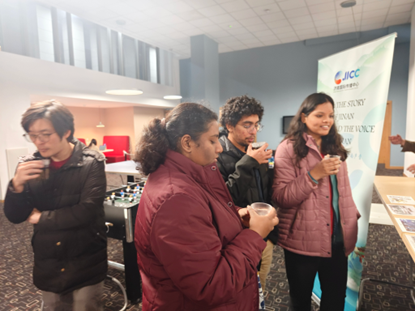
Jinan, located along the banks of the Ji River, is a city where numerous springs converge, attracting the elite. Linked to the Beijing metropolitan area in the north and extending to Suzhou and Shanghai in the south, Jinan, with its murmuring springs, has added a unique fragrance to tea. The literati and scholars have contributed to the elegance of tea culture, and the advantageous geographical location has facilitated the exchange and communication of tea, nurturing the distinctive tea culture of Jinan.

The subterranean veins of springs are widespread in Jinan, with 72 renowned springs, lending a unique aroma to its tea. Historically, tea-drinking customs were more prevalent in the South than in the North. However, during the Tang Dynasty, as recorded in "Fengshi Wenjian Ji" compiled by Feng Yan, the custom of tea drinking gradually gained popularity in Jinan's Lingyan Temple during the reign of Emperor Xuanzong and spread to the common people. Hence, Jinan is also known as the birthplace of tea-drinking culture in northern China. In the poem "Baotu Spring" by Ye Chengzong, the compiler of "Licheng County Annals" during the Ming Chongzhen era, there is a line "Must it be tea by the stream, but to drink the heart of the water," with a note explaining "there were tea trees by the spring." This reflects the sentimental charm and aesthetic pleasure of the juxtaposition of springs and tea trees in Jinan. Gradually, tea culture spread from Jinan to northern regions, benefiting from the significant advantages of favorable timing and geographical location.
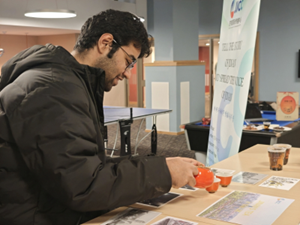
Tea connoisseurs and literati enjoy tea and express their sentiments through it, adding many emotional nuances to tea. During the Song Dynasty, the tea-drinking culture flourished, with tea-drinking gatherings holding a significant place in the lives of literati. Li Qingzhao, a native of Jinan, integrated tea significantly into her life. Many of her verses related to tea have added poetic sentiment to Chinese tea culture. For instance, in "Zhegu Tian," she wrote, "At the end of the feast, I prefer strong tea, Dreams broken, I prefer the fragrant mind." Here, "strong tea" refers to tea cakes of the Song period, which required simmering for consumption. Despite the bitterness of tea cakes, they were appreciated by literati for their taste and elegance.

With underground springs providing water for tea-making and literati infusing tea with sentiments, Jinan's tea, and its customs continue to evolve, becoming an integral part of local culture. Many intangible cultural heritage projects related to tea trace their origins back to Jinan.
In the surrounding areas, particularly in Laizhou, there is a popular tea variety known as "Gan Hong" (Dry Roasted Tea). This tea, radiating throughout the land of Qilu, is also called Qilu Gan Hong. Originating from the Huoshan and Liu'an regions of Anhui Province, it was created during the Ming Dynasty, more than 400 years ago. Gan Hong tea is a semi-fermented tea with golden-hooked leaves, a glossy appearance, a reddish tea soup, and a lasting and fragrant aroma. This tea, known for its strong roasted flavor and enduring richness, is highly durable and beloved by the people.
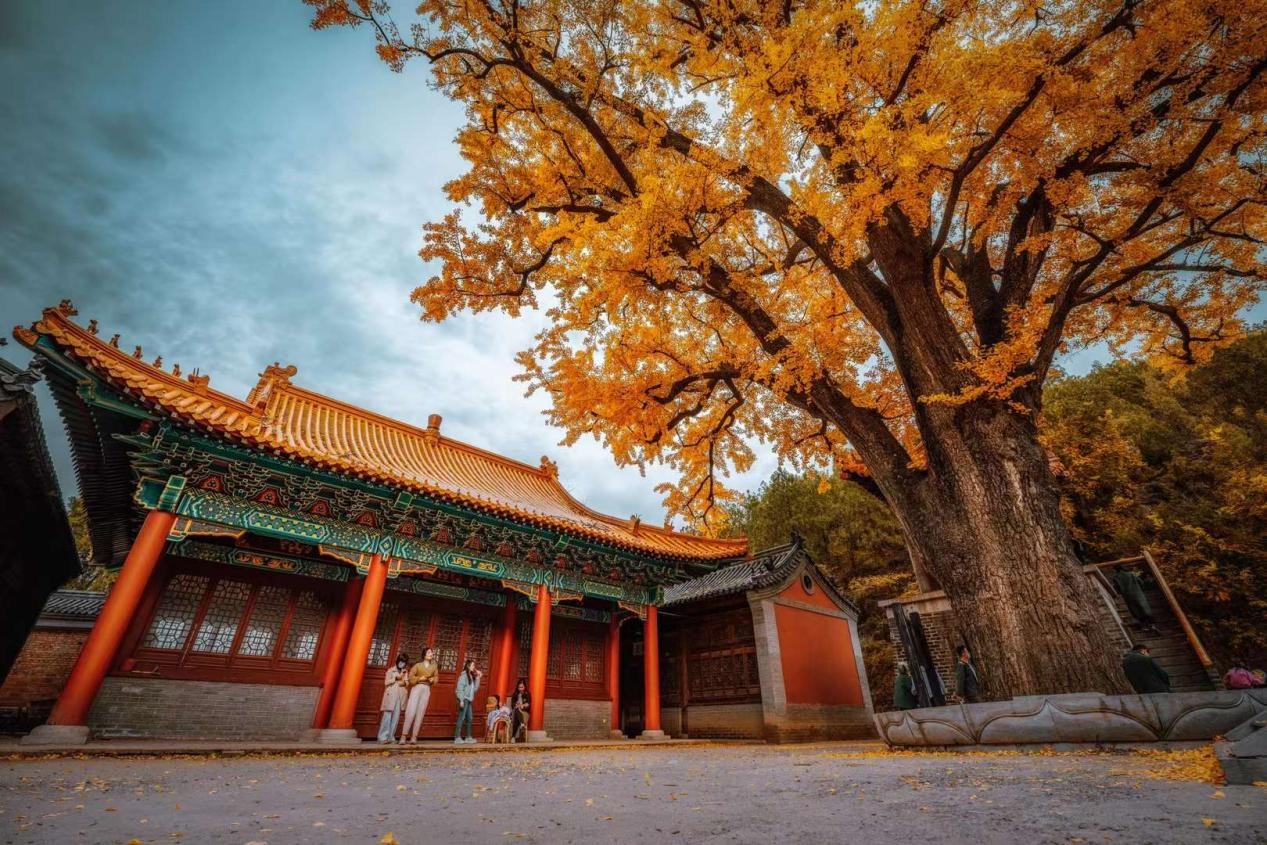
During the Ming Dynasty, Gan Hong tea spread through trade and distribution in the Laizhou region, gradually gaining popularity in the central Shandong area. In the mid-Qing Dynasty, a resident of Xinzhuang in Laizhou, Lv Qingmei, after careful study, used traditional hand-stacking, fermenting, and charcoal baking techniques to produce Gan Hong tea. This laid the groundwork for the current Shandong provincial-level representative intangible cultural heritage project—Traditional Gan Hong Tea Production Techniques.
Today, Qilu Gan Hong remains the taste of home for many, preserving memories. To adapt to the modern habits and consumption levels of contemporary individuals, the upgraded version of Qilu Gan Hong incorporates processing techniques from Qimen Hongcha (Keemun Black Tea) and Dahongpao tea, satisfying modern tea-drinking preferences and propelling the transformation and upgrade of traditional intangible heritage products.
Chinese tea culture has a rich history, and serving tea to guests is a traditional custom, a respectful gesture symbolized by a cup of clear tea. This event took Chinese tea beyond borders, inviting friends from around the world to partake, experiencing traditional Chinese customs and culture. The taste of clear tea is refreshing and aromatic.
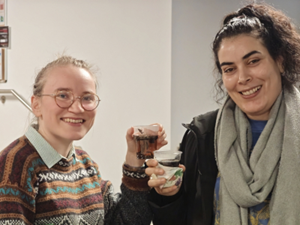
"After passing by here after class, I caught a whiff of the tea's fragrance. I am very interested in Chinese culture, and this is my first time tasting Gan Hong Tea. Being able to brew a cup of tea myself is a meaningful experience," shared Will with reporters. This surprising encounter has deepened his understanding of Jinan.
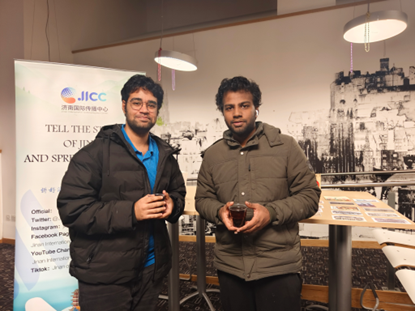
The event not only allowed participants to taste Gan Hong Tea but also piqued the interest of foreign friends in Jinan's scenery and culture. While savoring tea, international guests gained insights into the historical and cultural aspects as well as the modern development of Jinan.
( Lou Xinyu Li Xiaotong; Hua Shan; Yuan Yuhua; Hou Yawen; Liu Xiaohan; Liang Ruixin)